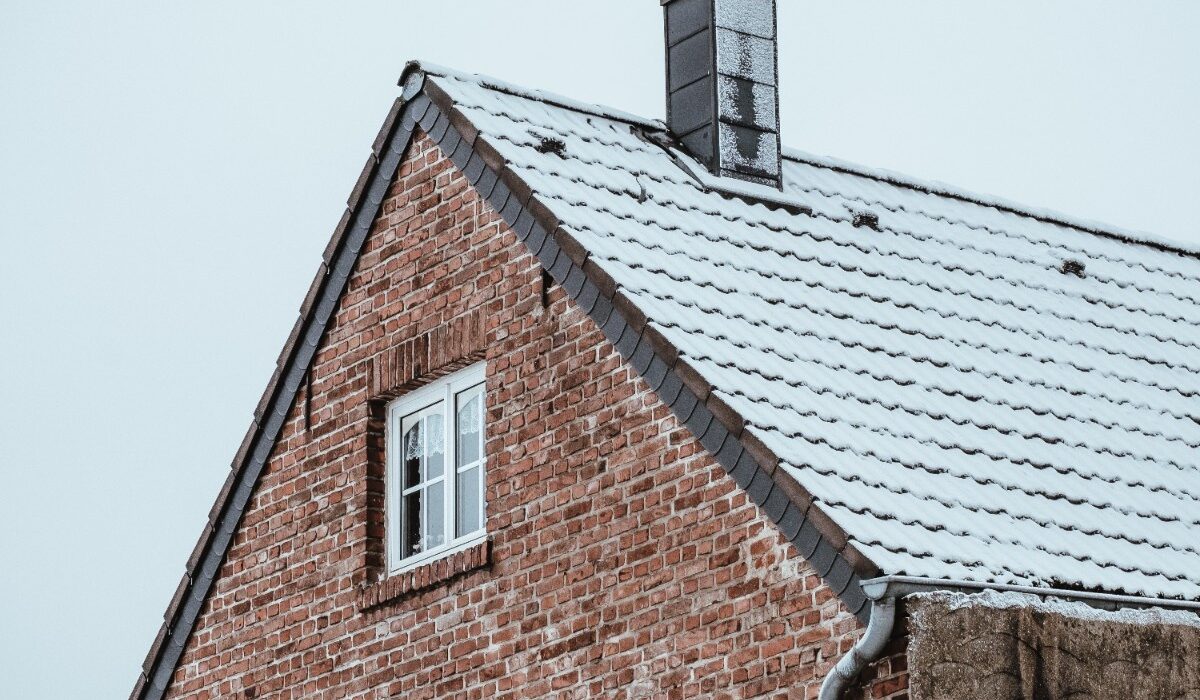- By Irwin Litvak
- Roofing
- 0 Comment
Your roof is your property’s first line of defense against the elements—and those elements change dramatically with each season. From blazing summer heat to icy winter storms, seasonal changes can take a toll on your roof’s structure and lifespan.
Understanding how different seasons affect your roofing system is key to protecting your investment and preventing costly repairs. In this guide, we’ll break down how seasonal weather impacts your roof and what proactive steps you can take to keep it in top shape all year long.
Spring: The Season of Leaks and Lingering Damage
Spring may bring warmer weather and blooming flowers, but it can also reveal hidden damage from winter. Melting snow, heavy rains, and shifting temperatures can expose leaks or compromised shingles.
Common Spring Roofing Issues:
✔️ Water damage from melting ice or snow
✔️ Clogged gutters from leftover debris
✔️ Shingle lifting or curling due to freeze-thaw cycles
✔️ Mold or algae growth in damp areas
What You Can Do:
- Schedule a spring roof inspection to check for leaks or damage
- Clean gutters and downspouts to ensure proper drainage
- Address mold or algae early with roof-safe cleaning treatments
Check flashing and skylights for any signs of deterioration
Summer: Heat Stress and UV Damage
Summer brings sunshine—and a lot of it. Your roof is constantly exposed to UV rays and high temperatures, especially in warmer climates. Over time, this can weaken roofing materials and shorten their lifespan.
Common Summer Roofing Issues:
- Thermal expansion, causing cracks or warping
- Shingle deterioration from prolonged sun exposure
- Increased attic heat, raising energy costs
Fading or blistering roofing surfaces
What You Can Do:
- Ensure your roof has proper ventilation to prevent heat buildup
- Consider UV-resistant roofing materials like metal or light-colored shingles
- Check for blistering, cracking, or soft spots on shingles
- Use attic fans or radiant barriers to improve energy efficiency
Fall: Debris Buildup and Gutter Clogs
Fall is the perfect time to prepare your roof for winter—but it also brings its own challenges. Falling leaves and debris can clog gutters, which leads to water pooling and potential roof damage.
Common Fall Roofing Issues:
- Blocked gutters and downspouts
- Trapped moisture from wet leaves and debris
- Cracked caulking or sealants from temperature drops
- Pest intrusions seeking shelter in attics or under loose shingles
What You Can Do:
- Clean gutters and roof valleys regularly
- Trim overhanging branches to prevent debris buildup
- Inspect flashing, seals, and vents
- Schedule a fall roof check-up before winter hits
Winter: Ice, Snow, and Structural Strain
Winter is the harshest season for most roofing systems. Snow, ice dams, and freeze-thaw cycles can lead to significant damage if not addressed.
Common Winter Roofing Issues:
- Ice dams causing water to back up under shingles
- Snow accumulation putting weight stress on the roof
- Condensation in attics from poor ventilation
- Cracked or brittle shingles due to extreme cold
What You Can Do:
- Install heat cables or proper insulation to prevent ice dams
- Remove snow from the roof after major storms (safely or professionally)
- Make sure your attic has adequate ventilation and insulation
- Inspect for ice buildup around flashing and gutters
Year-Round Roof Care: Stay Ahead of the Seasons
The best way to protect your roof is to stay proactive, not reactive. Regular inspections, seasonal maintenance, and professional roofing services help extend the life of your roof and prevent costly repairs down the line.
General Roofing Tips:
- Have your roof inspected at least twice a year
- Clear debris regularly and monitor for visible damage
- Keep an eye on attic insulation and ventilation
- Choose high-quality, weather-appropriate roofing materials
Final Thoughts: Protect Your Roof Through Every Season
Seasonal weather changes are unavoidable—but roofing damage doesn’t have to be. By understanding how the weather impacts your roof and taking preventative action, you can ensure your home or business stays safe, dry, and energy-efficient year-round.
Stay Ahead of the Weather
Don’t wait until the damage is done. Schedule a seasonal roof checkup and make sure your home or building stays protected no matter what nature throws your way.

Ask about preventative maintenance packages and inspections tailored to your region’s climate.

